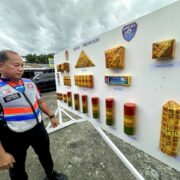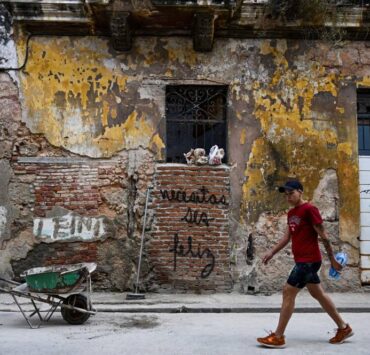China’s frigid northeast thrives on ‘little potato’ tourism boom
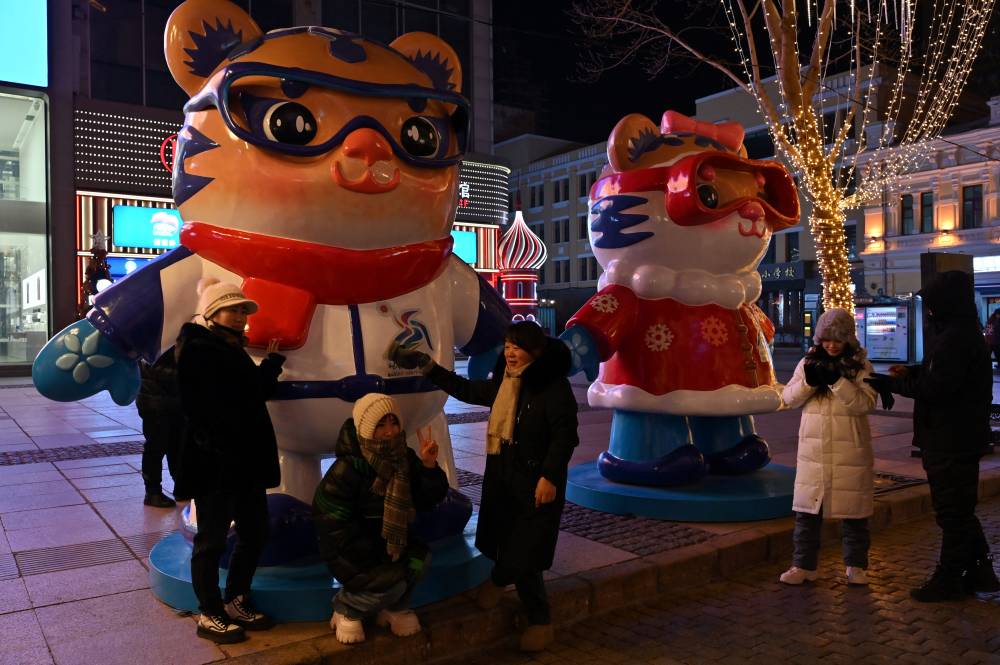
HARBIN, CHINA—Animal ears and pom-poms on fuzzy hats adorn tourists’ heads on the streets of the frigid northeastern Chinese city of Harbin, which is enjoying a surge in visitors driven by social media.
Photos and videos taken around the city’s landmarks flood platforms such as TikTok counterpart Douyin and Instagram-esque Xiaohongshu—many featuring tourists from the warmer south.
They’re affectionately known as “southern little potatoes”, a reference to their alleged smaller stature and cutesy winter gear that contrast with the area’s stereotypically coarse character.
A search for “southern little potatoes visit the north” racked up more than 428,000 notes on Xiaohongshu.
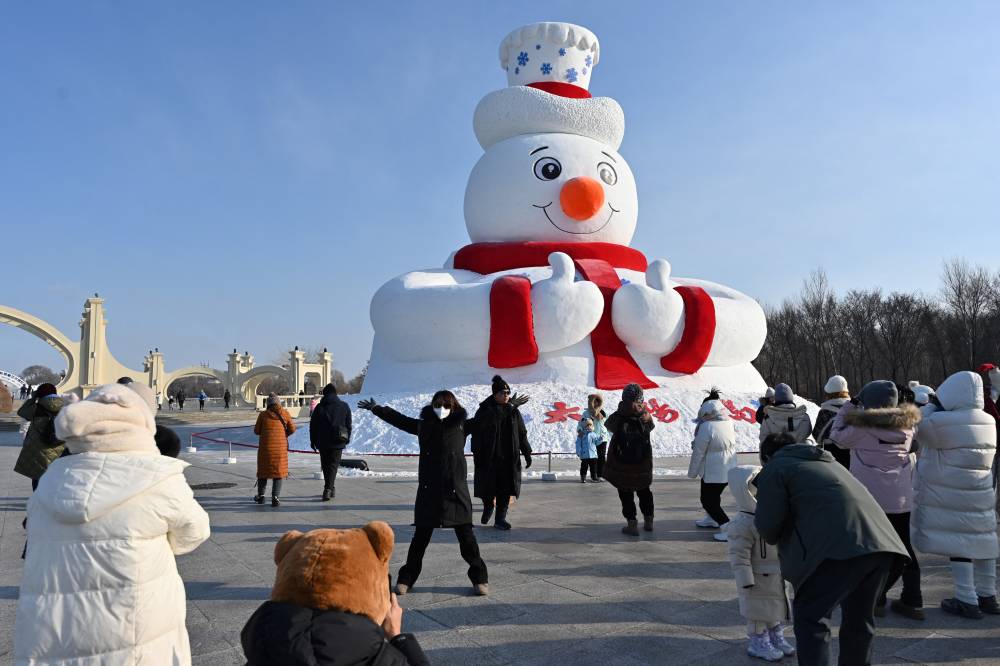
That’s where Chen Xiting, who works in e-commerce in the southern province of Guangdong, said she was inspired to visit.
“It’s the quickest way young people get trip recommendations,” said Chen.
She said she had noticed a sizeable number of fellow southerners.
“I heard quite a bit of Cantonese, which we’re very familiar with, today at tourist sites and on the street,” said the 29-year-old, wearing a hat with dog ears and with only her face exposed to the air.
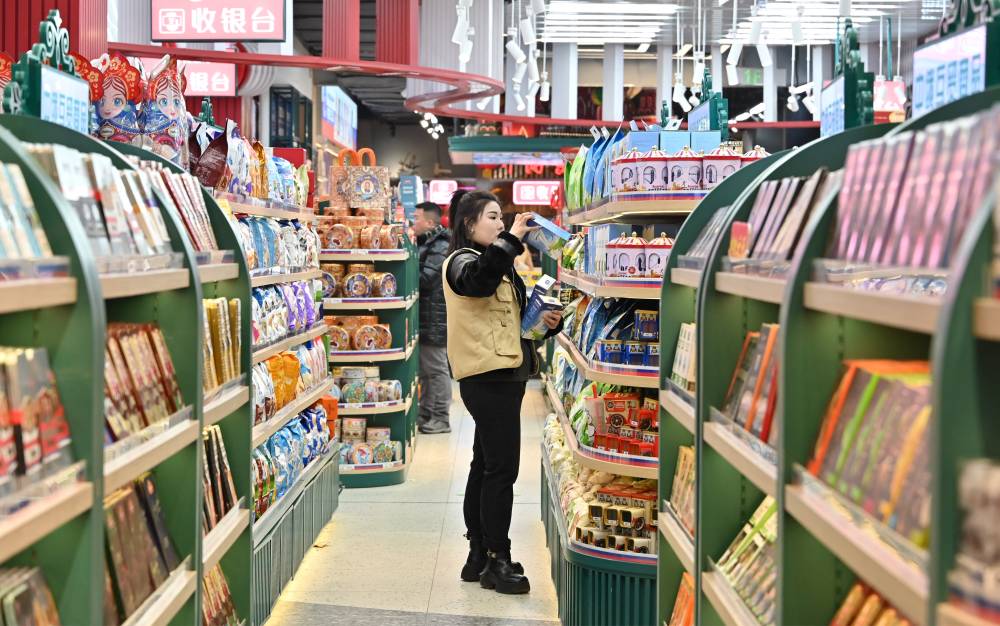
Liu Rong, a student from Sichuan, said the city’s push for more southern tourists was clear from the surge in videos about Harbin he often watched with his wife.
“These years, especially this year, Harbin’s cultural tourism has placed a lot of importance on paying attention to us southerners,” Liu said.
‘Little potatoes’ go north
Harbin is the capital of Heilongjiang, one of three provinces that make up the “Dongbei” (northeast) region, where temperatures can reach -30 degrees Celsius during winter.
Bordered by Russia and North Korea, it is one of China’s poorest provinces, outperforming only neighboring Jilin, Gansu, Hainan island and sparsely populated Tibet, Qinghai and Ningxia.
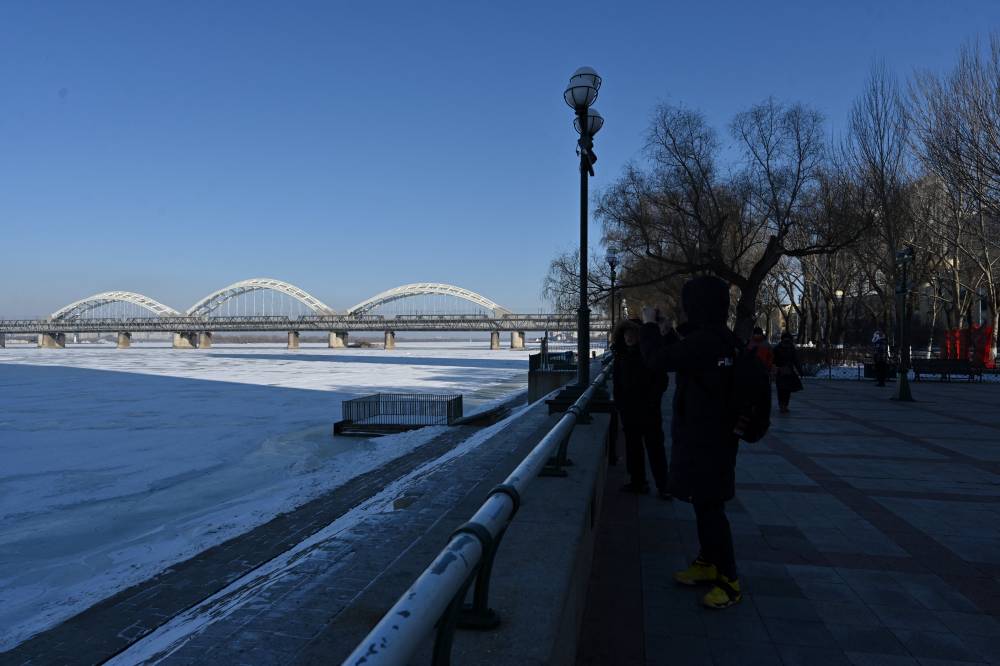
But the first five months of 2024 saw the operating income of Heilongjiang’s cultural, sports and entertainment industries rise nearly 60 percent year-on-year, according to official data.
Tourists spent $21 billion in the first half of 2024, up 171 percent from the first half of 2023.
Popular novels and dramas set in the northeast have also helped spark a travel boom to the region.
“A lot of southerners, which we call ‘little potatoes’, came over here for travel and made our Harbin very trendy,” Emily Liu, a local tour guide, told AFP.
The online fame has been good for the travel business, said 30-year-old Jiang Zhonglong, energetically gesticulating in front of his tripod just meters away from Liu.
He started working for a Harbin-based travel agency three years ago, during the Covid-19 pandemic, and said business was now much better.
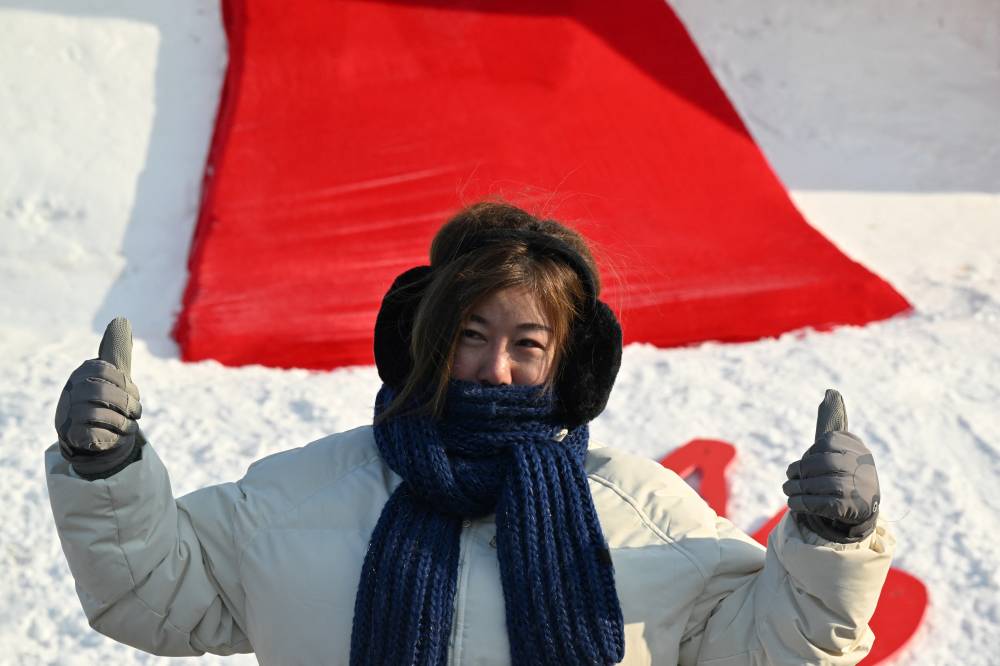
“So many little friends, southern potatoes, tourists have all come here,” he said.
One night this month, the city’s commercial district of Central Street saw a steady stream of people walking on the cobblestone path under bright yellow lights.
Ling, a 38-year-old from the coastal eastern province of Zhejiang, was there with his wife to “daka”, a phrase that means “punching in” but now describes visiting popular spots to share photos on social media.
“We often scroll through (video sharing platform) Douyin and such. We often see videos promoting Harbin,” said Ling, who asked to be identified only by his surname.
‘Popular’
Ling told AFP he’d believed negative stereotypes about Dongbei in the past.
“But we came here and found that things are pretty decent,” he said.
“I’ve been yearning for a different cultural experience compared to where I come from—the weather and style are completely different.”
Nearby, a steady stream of people ducked inside a shop selling goods from Russia—just a stone’s throw away.
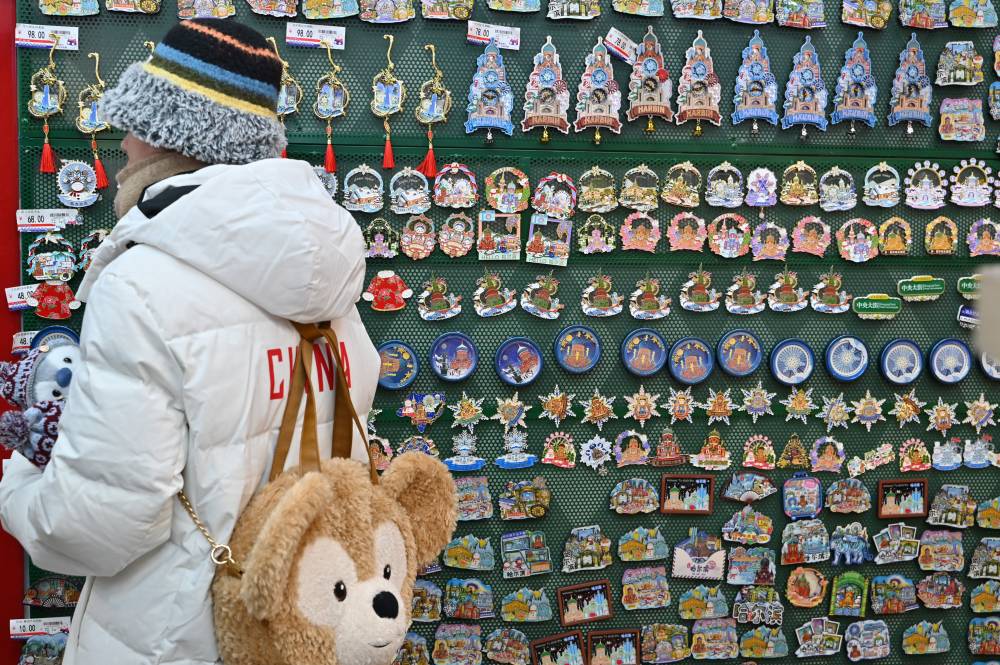
Foot traffic to the shopping street has tripled since 2022, said store manager Zhangzhang, who has worked in the area for more than 10 years and asked to be identified by her nickname.
“My hometown has suddenly become popular,” she said, adding she was “extremely proud”.
She said the store last year started selling more hats and scarves for travelers who “didn’t pack enough layers”—including those printed with the region’s classic red florals.
“I think that this can help lift the economy of our Dongbei.”
AFP is one of the world's three major news agencies, and the only European one. Its mission is to provide rapid, comprehensive, impartial and verified coverage of the news and issues that shape our daily lives.








